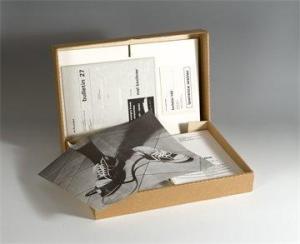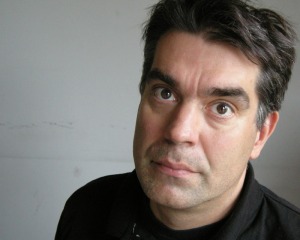Peter J. Russo is director of Triple Canopy. From 2009 until 2012 he organized Printed Matter’s NY Art Book Fair at MoMA PS1. Triple Canopy is a magazine based in New York that encompasses digital works of art and literature, public conversations, exhibitions, and books. This model hinges on the development of publishing systems that incorporate networked forms of production and circulation. Working closely with artists, writers, technologists, and designers, Triple Canopy produces projects that demand considered reading and viewing. Rosa Lleó interviews Peter J Russo.
The biggest problem in art criticism today is the lack of actual criticism. Interview with Peter J Russo
Rosa Lleó: Triple Canopy is an online magazine that is not as well-known in Europe as it is in the USA, so perhaps you could you tell us, from your personal point of view, about its beginning, how and why it was created and what was its aspiration?
Peter J. Russo: Before becoming interested in contemporary art, I ran a record label called Livewire with some friends. We released recordings of our friends’ bands, published zines, and printed what now seems like thousands of t-shirts. That experience encouraged me to think critically about how culture circulates and is distributed to a broader audience, particularly work that is often considered obscure or difficult to understand. Around 2008, a group of friends began hosting meetings with the aim of founding a magazine. We weren’t sure if the magazine would be published online, as a PDF, or in print after all. Ultimately, it seemed that the Internet was the challenge at hand—to rethink our encounters with art and literature on the Web, which at that point felt fairly impoverished or relegated to a niche interest in exploiting the Internet’s glitches, in the case of Net Art. At the same time, we were thinking about the history of ”new media” publications—in particular Aspen, which had been reconfigured for presentation online by UbuWeb, a useful model for us.







 Benjamin Fallon: Maybe we could start with you introducing your practice and its relationship with Static, the organisation which you are director of? I am specifically interested in your background as an architect and how this comes into play in your activities?
Benjamin Fallon: Maybe we could start with you introducing your practice and its relationship with Static, the organisation which you are director of? I am specifically interested in your background as an architect and how this comes into play in your activities?

